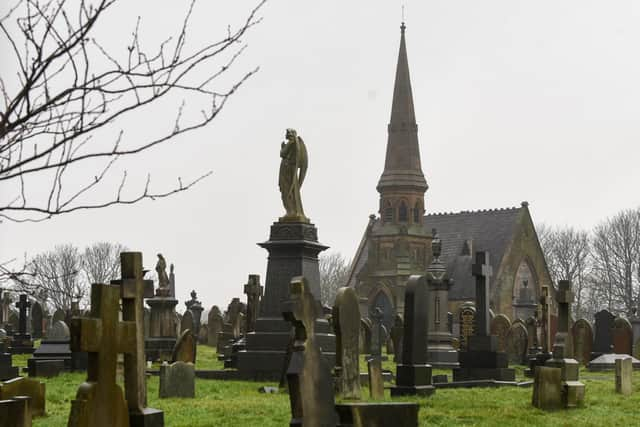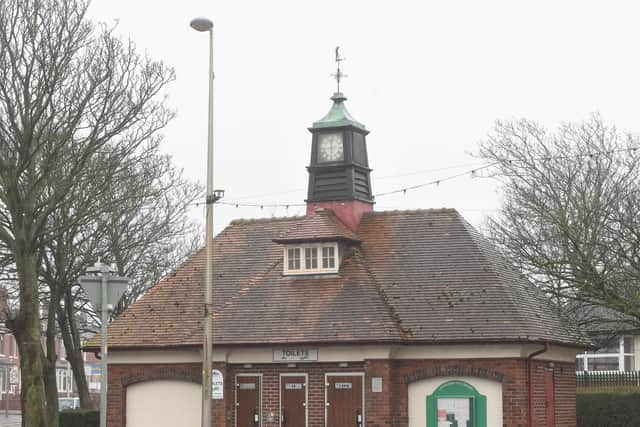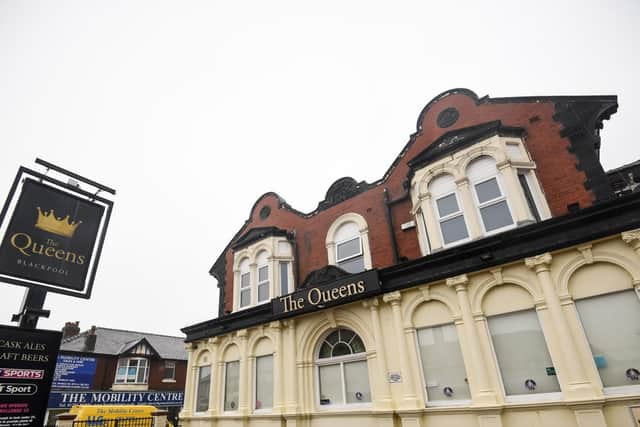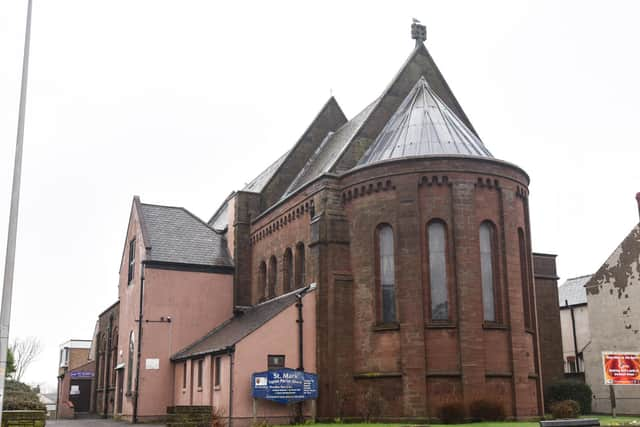Conservation area status proposed for another part of Blackpool
and live on Freeview channel 276
Council heritage chiefs are proposing to create a conservation area for the neighbourhood where landmarks include Layton Cemetery and Layton Institute.
If the move is approved by the executive committee when it meets on Monday, an online public consultation into the proposal will be held.
Advertisement
Hide AdAdvertisement
Hide AdConservation area status would give the council tougher powers to safeguard the character of the area, including more control over the demolition of unlisted buildings.


It also strengthens control over minor developments, for example protecting shopfronts from unsuitable signage. Special protection would also be given to trees.
A council report says: “None of the area is currently a conservation area, but the characterisation study suggested that areas of particular historic or architectural interest such as the cemetery, Westcliffe Drive, and the residential streets to the east of the latter could be designated in order to control development and preserve the positive qualities of the area.”
Layton councillor Martin Mitchell welcomed the proposals but said it would mean residents facing more control over changes they wanted to make to their properties.
Advertisement
Hide AdAdvertisement
Hide AdHe said: “Layton is a lovely area with a lot of historical interest, and it’s nice it has kept its identity over the years.


“There may be some controversy, and possible objections, as within a conservation area it’s slightly more difficult to change things as you have to ask for permission.
“But potentially I think this could be really good.”
It is proposed to focus the conservation area on Layton Cemetery with its grade II listed chapel.
It would stretch outwards from the cemetery down Grange Road, and cover locally listed buildings including the library, former tram stop, Queens Hotel, adjacent terraces and Salem Layton Methodist Church.
Advertisement
Hide AdAdvertisement
Hide Ad

It would also include the locally listed Jewish cemetery, Layton Institute and bowling green, St Mark’s Parish Church as well as good examples of little altered workers’ housing at the north east end of Layton Road opposite the bowling greens.
If it goes ahead, it would be the fifth new conservation area in Blackpool since 2008/9 following on from the designation of Raikes Hall, Foxhall, Marton Moss and North Promenade.
Since then the Town Centre Conservation Area has also been expanded. Stanley Park is also part of a conservation area.
Factfile


* Layton boasts a mix of late Victorian, Edwardian and interwar residential and commercial buildings.
Advertisement
Hide AdAdvertisement
Hide Ad* There is one listed building in the area, the cemetery chapel of 1873, which is listed Grade II.
* Modern Blackpool developed from the medieval manorial holdings of Bispham to the north, Layton to the south, and Marton and Carleton to the east.
* Several notable individuals are buried in Layton Cemetery including Dick Barlow, an England Test Cricketer; Samuel Laycock, a local dialect poet; Alfred Tysoe, a British athlete who won two gold medals at the 1900 Olympics; John Bickerstaffe, a former Mayor of Blackpool and founder of the Blackpool Tower Company; and John Grime, founder of the Blackpool Gazette.
Thanks for reading. If you value what we do and are able to support us, a digital subscription is just £1 for your first month. Try us today by clicking here